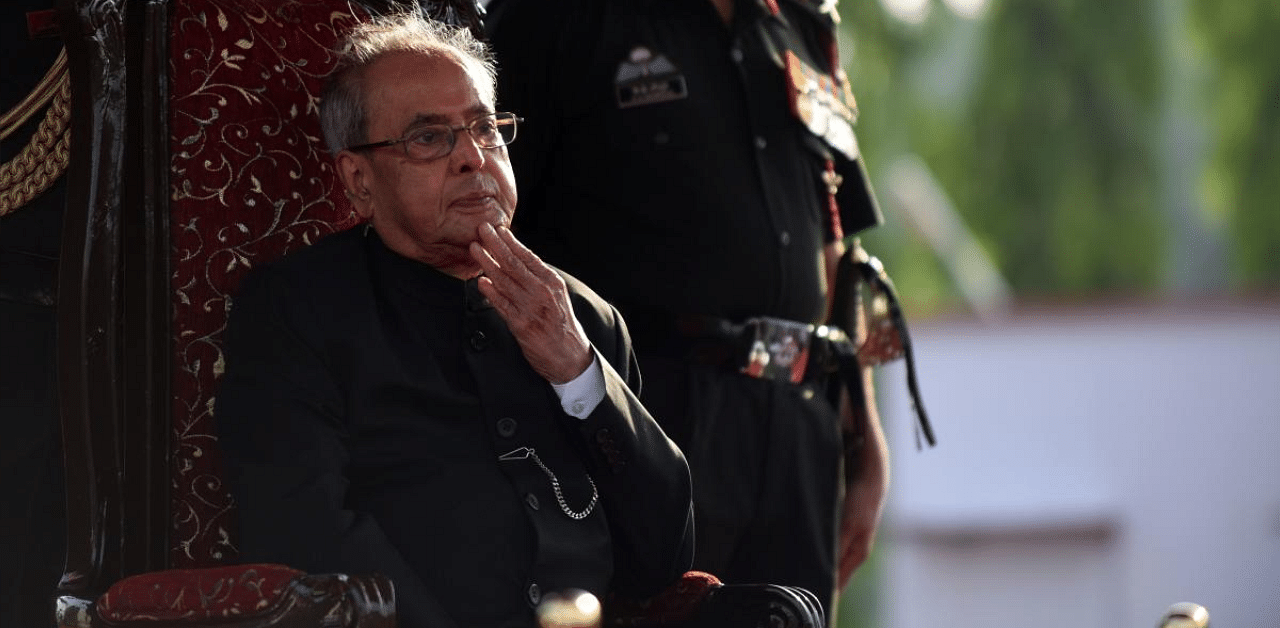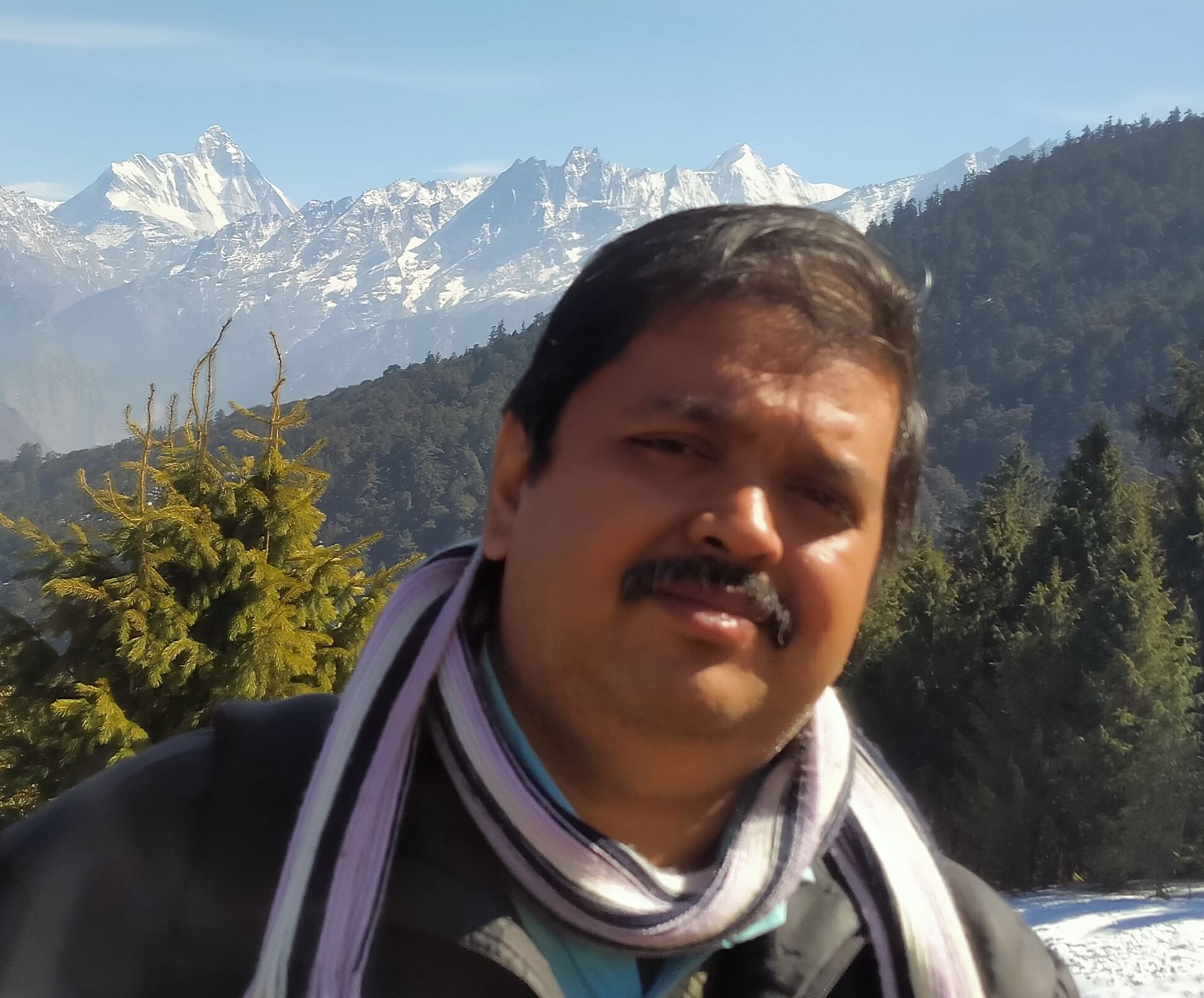
Pranab Mukherjee rode like a colossus over the political firmament in his five decades of public life, playing key roles when India navigated through turbulent times.
The 84-year-old Mukherjee, a quintessential consensus builder at a time when coalition politics dominated the country, had friends across the political spectrum from the Left parties to the BJP—a friendship that held him in good stead as he defended the Congress-led governments in Parliament and later as the 13th President of India.
The diminutive leader was a key troubleshooter for three Prime Ministers: Indira Gandhi, P V Narasimha Rao and Manmohan Singh, and a “father figure” to Narendra Modi, who honoured him with the Bharat Ratna in 2019 and thanked him for being a guide through the maze of national governance after he became the Prime Minister in 2014.
Mukherjee was never a mass leader but left an indelible imprint as India went through internal strife in the troubled 80s, the economic crises in the 1990s and took giant strides in enhancing foreign relations during the UPA years.
Mukherjee caught Indira Gandhi’s attention as the election agent of V K Krishna Menon, who was contesting the Lok Sabha bypoll from Midnapore in West Bengal.
A master draftsman of many political documents, Mukherjee honed his administrative skills and tactics of managing party politics under Indira Gandhi, who had recognised his acumen and made him a Rajya Sabha member in 1969.
Mukherjee won Indira Gandhi’s confidence, particularly as he stood by her during her short stint out of power after the 1977 Lok Sabha elections. Indira Gandhi made him the Leader of the Rajya Sabha in 1981 and also asked him to preside over the meetings of the Cabinet Committee on Political Affairs in her absence.
A misunderstanding about his aspiration to become the Prime Minister after Indira Gandhi’s assassination in 1984 threw Mukherjee into the political wilderness during the Rajiv Gandhi years.
Mukherjee’s political career revived when P V Narasimha Rao became the Prime Minister and he was handed over the reins of the Planning Commission in 1991 and later the External Affairs Minister in 1995.
The post of the Prime Minister dodged him thrice—in 1984 and 1991 after the assassinations of Indira Gandhi and Rajiv Gandhi respectively and later in 2004 when Sonia Gandhi appointed Manmohan Singh as the PM.
He also came close to becoming the President in 2007, but the Congress party felt his need more in managing the UPA coalition than in the Rashtrapati Bhawan.
As a minister in UPA governments from 2004 to 2012, Mukherjee played a key role in critical decisions such as administrative reforms, right to information, right to employment, food security, energy security, information technology and telecommunication, setting up UIDAI and Metro rail through chairmanship of over 95 Groups of Ministers constituted for the purpose.
As a troubleshooter for the UPA, his endless negotiations with the Left parties gave Prime Minister Manmohan Singh and the Congress much needed time to finalise the modalities of the Indo-US nuclear deal and rope in the Samajwadi Party to ensure that the government lasted its full term.
In 2012, Mukherjee was elected as the 13th President of India, crowning a political career of over five decades. During his tenure as President, Mukherjee opened the doors of the Rashtrapati Bhawan for the masses, writers, artists, innovators, scientists and students through an in-residence programme.
“I will melt into the masses,” Mukherjee had quipped when asked about life after retirement, days before he completed his tenure as President.
Born in a small village of Mirati in Birbhum District of West Bengal on December 11, 1935, Mukherjee pursued history, political science and law from Kolkata University and embarked on his professional life as a college teacher and journalist before entering politics.
